Whether you are looking for artisanal furniture, designer handbags or sarongs and souvenirs, Bali is a shopper’s haven. The island’s long history of craftsmanship skills has been passed down through the generations. As a result, villages specialise in a myriad of trades including printing, wood-carvings, textiles, weaving, rattan furniture and more. It’s this incredible history matched with the inexpensive price tag that makes buying Bali furniture so appealing. Love a piece of furniture at your Seminyak villa but not sure how to get bulky or heavy items, such as furniture, back home? Although this can seem like a daunting task, it really is quite straightforward. Here’s how.
1. Know what you want to buy
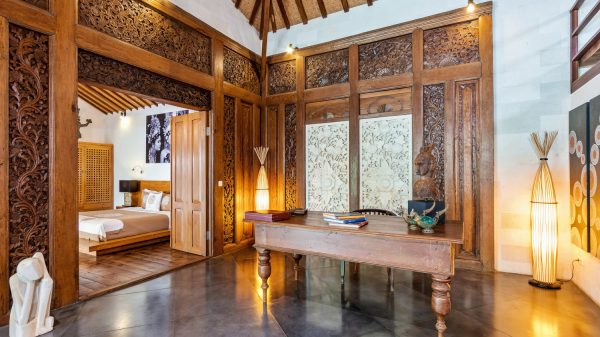
As with most things in life, a little basic preparation can help the whole process run more smoothly. Provided you know in advance of your trip that you will want to bring heavy items back with you, there are a couple of things that you can do before you set off. First of all, I would recommend making sure you check that what you are looking for cannot be found at home. Many companies import furniture from Indonesia and, whilst amazing bargains can still be found in Bali, it is no longer quite as cheap as it once was. It may be that you can find what you need in your home country and save yourself the import fees.
2. Hire a good customs broker

If this is not the case and you simply must be in Bali to discover the perfect item then your next step should be to ensure that you have a good customs broker lined up, they will able to help with all necessary paperwork and make you aware of any potential, or additional, port fees or taxes. This will take some research depending on your specific needs (i.e. how much and what materials you are transporting), we recommend reading some tripadvisor forums to find your best-suited customs broker.
3. Find the best cargo company

When you get to Bali, make sure that you do your homework on the best cargo company to suit your needs. There are currently more than 200 shipping companies operating on the island, some of which are more reputable than others. The best will be able to help guide you through the entire process, including providing you with a shopping agent (which is definitely a good idea, unless you have a lot of prior shopping experience in Bali). Your agent will be able to suggest the best places to purchase the pieces you want and they will continue to make sure work progresses on the items you’ve ordered, after you’ve left Bali.
4. Shop around for the best Bali furniture
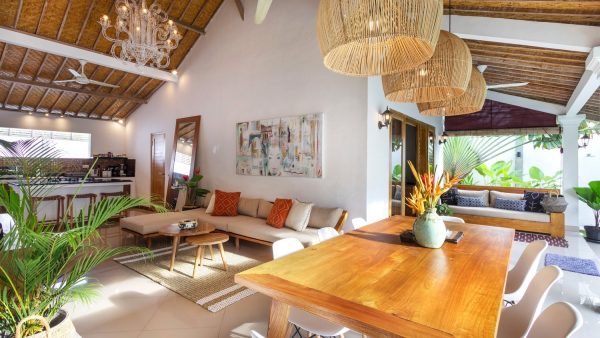
Remember, Bali is full of talented artisans, do not feel that you have to buy from the first shop you go into, shop around, look for a good price and the ensure that the best quality materials are being used. If you need to have a custom piece designed, make sure that the designer fully understands your requirements – take diagrams or photographs if necessary. Be careful when choosing wooden items, Bali is very humid, and some types of wood may crack, or weather poorly in a dryer environment. Not sure where to buy? Check out our favourite Bali homeware stores! When you have finished your shopping, make sure that your agent has copies of your important information, such as invoices and contact details for each supplier, and they will ensure that the shipment is put together.
5. Choose the shipping method to export furniture from Bali
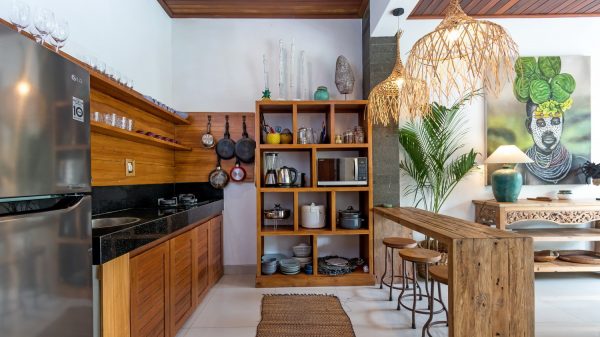
When it comes to the actual shipping method, you will usually have a couple of options (depending on the cargo company you have chosen), items can be sent by either air or sea. Airfreight is obviously the speedier option, but it is also by far the more expensive. Should you choose to ship your goods via sea freight, you will have a further two options, either FCL (full container load) or LCL (less than container load). Shipments made by sea freight are charged by cubic metre rather than by weight. Provided your shipment is big enough, then FCL can definitely work out as the more economical choice, it is also the safer one as it will involve less manhandling of your goods.
6. Know your country’s import regulations
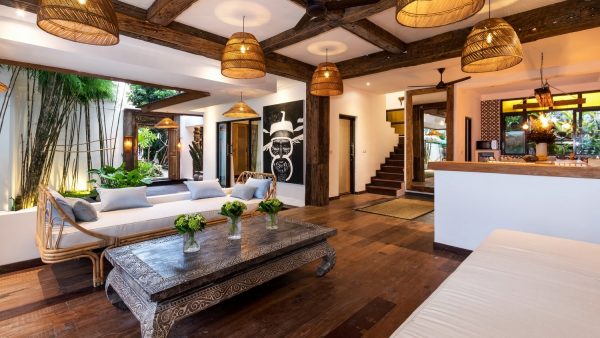
Another component you will need to consider is your home country’s import regulations. For example, Australia is strict on biosecurity. Certain items, such as those made of wood or bone may need to undergo fumigation or another form of treatment before they are allowed into the country. In the case of wooden items, you may need to show documentation proving that they have not been produced as a result of illegal logging. Failure to comply with these laws may result in your new furniture being re-exported or even destroyed (all at a cost to you). To save yourself the hassle, make sure that all the paperwork and required treatments are in order and that all items are declared and clearly labelled on the shipment. Full information on import restrictions can be found on the website for the Australian Government Department of Agriculture. Provided you have chosen whom to work with wisely, you should find the whole process relatively stress free and have plenty of time to simply kick back on the beach and enjoy a few tropical cocktails!
7. Wait for your shipment
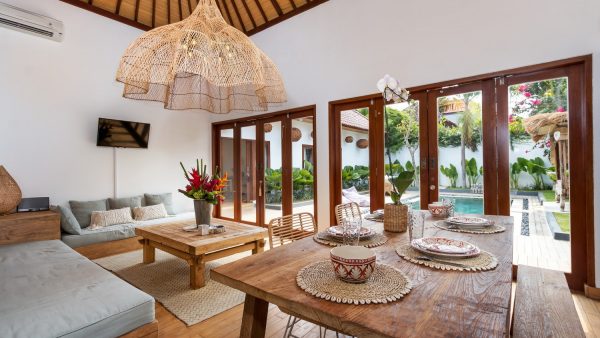
Once you get back home, remember that cargo shipments from Bali take some time to arrive. If you are shipping to Australia, it usually takes between 2 – 6 weeks. Try not to be too impatient whilst awaiting the arrival of your beautiful Balinese goods! When your shipment has arrived at your chosen port and has been put through customs, you will be informed by your customs broker – they will also let you know if you need to undertake any further actions. Finally, don’t forget, you will need to arrange for either pick-up or delivery from the port to your home and, hopefully, also a few extra hands to help with all the unpacking!





Comments are closed.